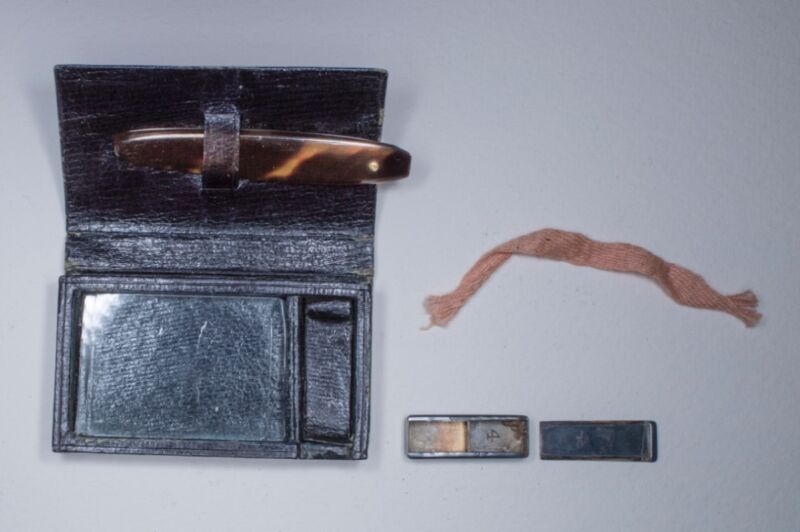
Enlarge / Researchers analyzed the genomes of virus fragments found on smallpox vaccination kits used during the Civil War. The kits are housed at the Mütter Museum of the College of Physicians of Philadelphia. (credit: J.D. Howell/McMaster University)
Scientists around the world are currently working feverishly to develop an effective vaccine against COVID-19 to curb the global pandemic that has claimed nearly 600,000 human lives worldwide (and counting). Meanwhile, a collaboration between scientists at McMaster University, the University of Sydney, and historians at the Mütter Museum in Philadelphia, are looking to the past for potential clues. They have analyzed the genome of fragments of the smallpox virus used in vaccines during the Civil War, according to a new paper published in the journal Genome Biology.
"Understanding the history, the evolution, and the ways in which these viruses can function as vaccines is hugely important in contemporary times," said evolutionary geneticist Hendrik Poinar, director of the McMaster Ancient DNA Center, of the rationale behind the research. "This work points to the importance of looking at the diversity of these vaccine strains found out in the wild. We don't know how many could provide cross protection from a wide range of viruses, such as flus or coronaviruses."
The World Health Organization declared smallpox to be an eradicated disease in 1979, and many people don't remember just how devastating it could be. It began with a high fever and severe vomiting, followed by a skin rash. The victim would next develop sores, which eventually scabbed over and fell off, scarring the skin. About three in ten of those infected died, and the survivors were typically badly scarred for life, sometimes even blinded or permanently disabled.
No comments:
Post a Comment